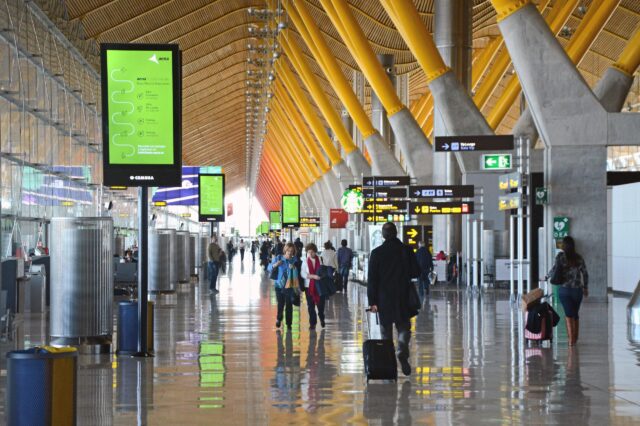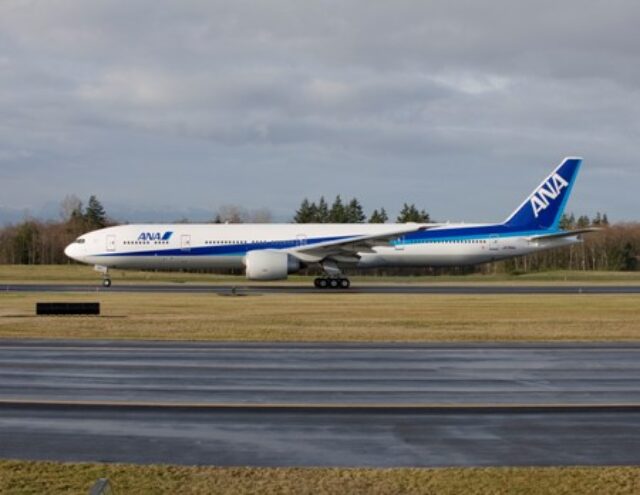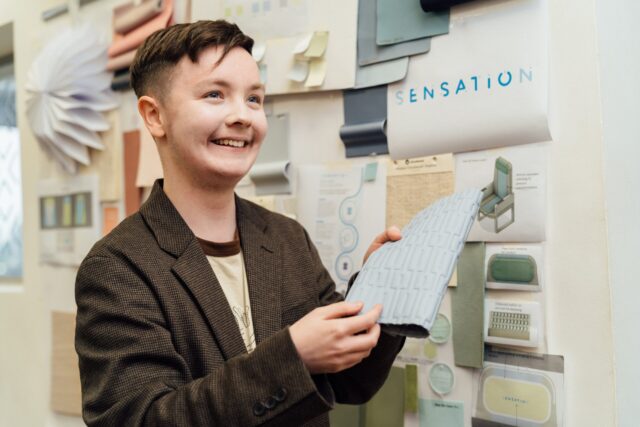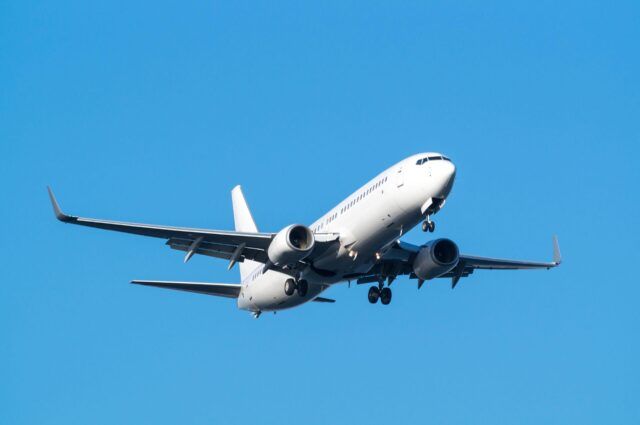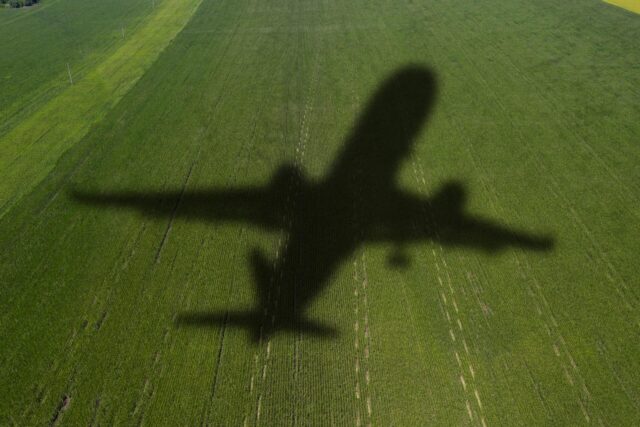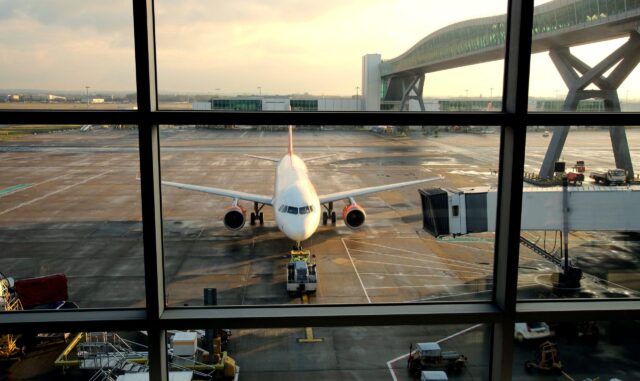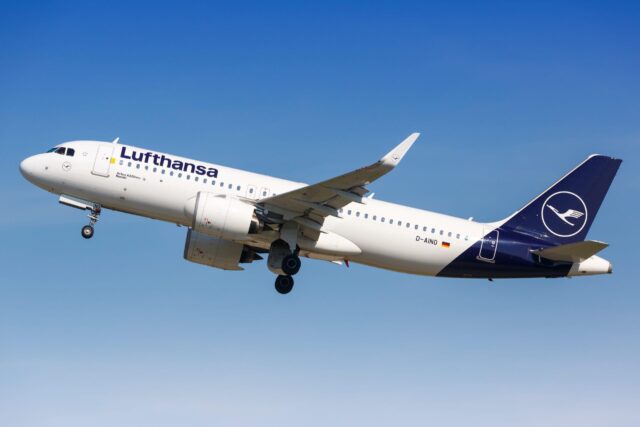Sustainable Skies World Summit: Day One
May 15, 2025

As Sustainable Skies World Summit (SSWS) opened its doors to the industry on day one of the annual event, “climate change is not a choice,” reiterated Jonathan Counsell, group director of sustainability, IAG Group. And buoyed yet again with the underlying imperative that it takes an entire industry’s input to address aviation’s ongoing sustainability challenges, attendees from across the sector – from airlines to fuel producers, innovators and regulators – arrived at Farnborough International for two days of insight and discussion.
Welcoming over 110 speakers across the event, complemented by 36 showcase exhibitors, the elevated number of attendees at the summit was certainly indicative of the scale of the challenge. Now in its fourth iteration, SSWS attendance has risen exponentially from a few hundred attendees in 2022 to some 1,300 plus, explained Counsell, who stressed: “Climate change is not a PR opportunity. And it’s not if we address it, it’s how”.
Certainly, the scope of the global challenge at hand – the decarbonisation of a sector universally acknowledged as ‘hard to abate’ – was not shied away from. Although the UK has halved its carbon emissions since 1990, explained independent advisor the Climate Change Committee (CCC), much work remains to be done. Notably, with around 50% of UK carbon emissions reductions in 2008 attributable to evolving energy supplies, the recommended 7th carbon budget for 2040 (CB7) will require a shift in focus. And despite agricultural and land use set to comprise some 35% alone of this reduction alone, aviation invariably has its part to play, too. By 2040, the CCC’s roadmap projects that SAF will be responsible for some 33% of emissions savings; helping to address what could otherwise become an “existential industry for the industry” – with aviation and agriculture nevertheless set to become the two biggest greenhouse gas emitting sectors by 2040.
As such, the time to start addressing these challenges is now. From pioneering propulsion systems and alternative fuels (such as SAF, electrification and hydrogen) to carbon sequestration, offset strategies, efficiency advancements and clean-sheet aircraft deigns, a thoughtful day of panel discussions and workshops faced the industry’s challenges head-on. Although many ‘pathway to net zero’ roadmaps have been drawn up, “the only thing we can say with any certainty is that all roadmaps are wrong,” mused Anna Stukas, VP of strategic partnerships at carbon capture and storage company 1PointFive. However, with the “building blocks” already in place to effect meaningful change and “leverage strengths”, she urged that “taking small steps is OK” (even if each of these so-called ‘baby steps’ represent significant technological progression and millions, if not billions, of dollars at a time).
And there is ample cause for optimism along the way. Net zero analysis from the UK Aerospace Technology Institute (ATI) estimates SAF will play a 25%-30% part in reducing emissions by 2050, with many calling for further government support to solidify revenue certainty mechanisms and bolster production. As Jill Blickstein, chief sustainability officer at American Airlines, succinctly explained: “SAF doesn’t have to be a partisan issue – it’s a growth issue”.
Indeed, over the past 20 years, crude oil has fluctuated from between $0.50 to $4 a gallon, revealed Jan Toshka, CEO of sustainable aviation fuel venture Zaffra highlighted. Amid fears that SAF surcharges may price many people out of flying (with fuel currently accountable for around 25% of the overall ticket price), the industry has still grown, he highlighted. Additionally, while airlines can’t begin “engaging with every passenger on the planet,” it’s important to build long-term trust, he suggested.
While SAF remains the largest widely-accepted lever to accelerate aviation’s short-term decarbonisation efforts, hydrogen’s potential also remains a key factor, with airports such as London Heathrow and Amsterdam Schiphol also highlighting their perspectives on the future of infrastructure decisions. These are “really significant choices and investment decisions,” suggested London Heathrow’s carbon strategy director Matt Gorman, citing sustainability concerns as at the heart of any future expansion plans.
From airports to the types of aircraft themselves- with Germany’s all-electric Vaeridion and the US Otto Aviation’s laminar-flow business jet representing two vastly different aircraft concepts discussed during the day – it seems there is no single solution or lack of innovation on hand. Even airspace modernisation – acknowledged by NATS sustainability, and health and safety director Ian Jopson as a relatively small financial outlay offering huge benefits – has its part to play. Although a moderately small contribution, “we know how do to it,” he suggested, proving that even comparatively small investments could account for up to 5% of the total carbon savings (according to UK Aerospace Technology Institute analysis).
Although methods and strategies – seen by many as complementary rather than contradictory – may differ, this overall determination to innovate is “really part of our history,” concluded Cesar Perira, chief sustainability officer at Embraer. Stay tuned for Aerospace Global News’ second day of coverage from day two of of the event.




